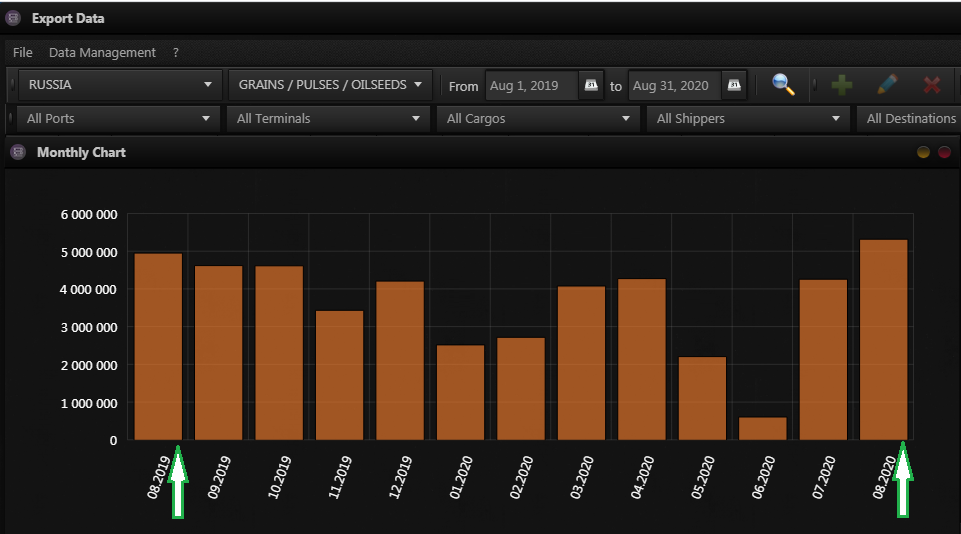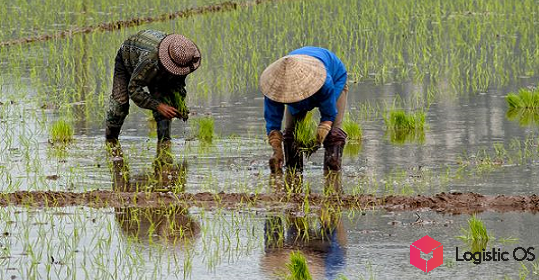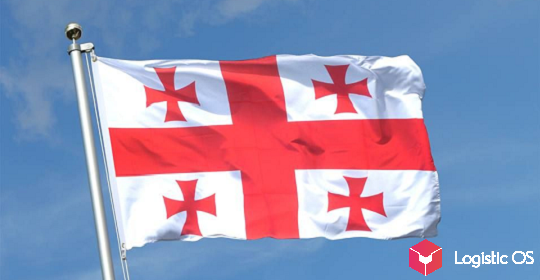The production of goods with high added value is growing in Russia.
In August 2020, agrarians sold 7.5 million tons of wheat: this is 60% more than in July and 12.2% more than in August 2019.
The implementation of key regions of the Chernozem and Volga regions exceeded last year’s results by 2 or more times.
At the same time, the North Caucasus has lowered the bar by 22 — 36%.
As of September 1, the farmers had 34,120 thousand tons of wheat in stocks, which is 13.4% more than last year and 52% more than the average of the previous five years.
The key regions of the Chernozem region produced reserves by 13 — 44% more than in 2019, and the key regions of the Volga region by 50% — twice as much as last year.
At the same time, Krasnodar Territory decreased storage volumes by 7.2%, and Stavropol Territory — by 32.2%.
In total, the bins received over 101 million tons of grain, and in the Central regions the harvest is so high that export plans have also increased.
For example, the Belgorod region sent 2.7 million tons of grain to elevators, and the yield was 51.3 centners per hectare.
Lipetsk region will export half of the crop to about 20 countries.
In the Voronezh region, agricultural producers have stepped over the bar of 5 million tons, the Kursk and Tambov regions are not lagging behind them in terms of harvest.
In August, grain and leguminous crops were exported, according to the analytical platform Logistic OS, 5,330 thousand tons, 7.39% more than in the same period this year.

But, in spite of the record harvests, the farmers do not plan to make money faster on the sale of wheat, but to use most of it for processing and production of higher marginal products.
In the Belgorod and Voronezh regions, 60% of the current harvest has baking properties: such results have almost never been achieved here, no matter what actions they take.
Usually grain with such gluten is grown in the Kuban and Stavropol Territories, and this year it will most likely be sent from the center of Russia to the South.
In the Belgorod Region, they plan to send the best flour to local bakeries: local authorities will exercise special control over the sale so that high-quality grain is minimally sold to other regions.
Kursk region plans to launch 4 seed plants this year.
In the Belgorod Region, plans have been announced to launch a line for the production of the amino acid threonine.
In the Lipetsk region, it is planned to build a plant for deep processing of wheat, which will result in the production of starches and polymers.
This polymer is used to produce environmentally friendly plastic products — dishes, packaging, clothing.
Of course, cereals will remain export-oriented crops, but the share of highly marginal goods in exports should grow — this is one of the directions of development of the agro-industrial complex.

